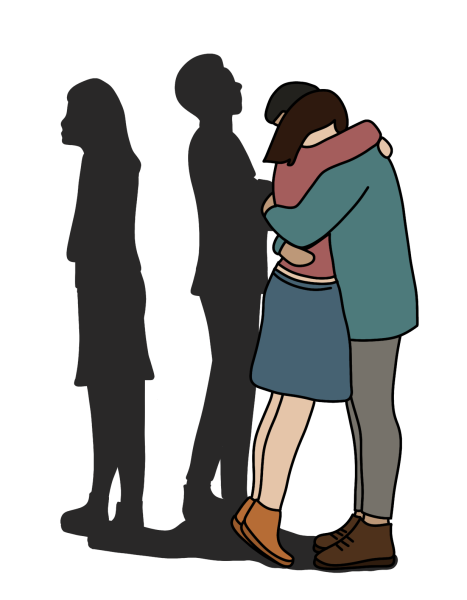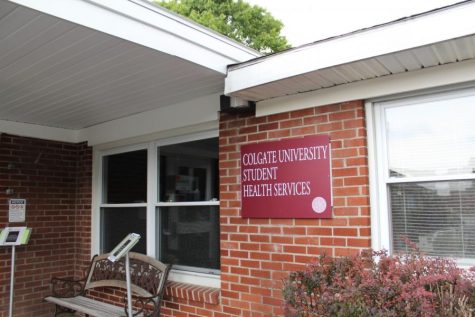Minus the City: The Hookup Culture Myth
Hello, my name is Kira Palmer and I am the newest addition to the brains behind Minus the City. I am a psychology major and sociology minor involved with the track team, Student Government, Colgate Women in Business and Planned Parenthood. I won’t waste any more time with introductions, but know that I am excited to join the team!
I regularly hear people comment on Colgate being a hookup school. My friends have joked about their eyes bugging out of their heads when they see a couple holding hands on the quad. My teammates have often wondered where one meets a dateable specimen on this campus. Colgate students have plenty of reasons to believe campus is dominated by the hookup scene. As dating practices have changed over the decades, casual sex and romantic involvement outside of formal relationships have become more common and more accepted. Additionally, Colgate students are not alone in this sentiment. Students from colleges across the nation note the prevalence of the hookup scene. What we see is what we perceive to represent reality. If you do not see couples in a traditional dating relationship, then you will believe they do not exist. If every time you go out you see individuals engaging in hookups, then you will believe that is the norm in your environment.
Yet, studies show that the hookup culture is not as dominant as many believe it to be. The percentage of college students who engage in more than two hookups in a year is less than 15 percent. Furthermore, research by Dr. Paula England, Emily Fitzgibbons Shafer, and Alison C. K. Fogarty discovered that while college seniors reported having hooked-up with multiple people on average, they also reported having gone on multiple dates and having been involved in two relationships on average, all during their four years of college. In this same study, 24 percent of survey respondents indicated that they never had hooked-up with anyone. Furthermore, 40 percent of seniors reported only a handful of hookups in their college years and 80 percent hooked-up with less than one person a semester, on average. The latter study goes into some of the complexities of hooking-up and relationships in case you’re interested in checking it out, but I digress.
I decided to critically examine the role of hookup culture in my life. I have multiple friends who have gone on dates, were dating at some point in college or are currently in relationships. I have multiple friends who have never hooked up with anyone while at Colgate. I know multiple people who have hooked-up with multiple people in one year, but not at all the next. If I had to give a percentage of the number of people in my personal circle currently inside the hook-up culture versus outside of it (dating or not hooking-up), I would estimate it to be somewhere around 20 percent. Those numbers don’t exactly scream, “Colgate is a hookup school!”
So, I’m left wondering. Is Colgate’s relationship scene simply misconceived by the hoards of people who are tricked by their own eyes into believing the only relationships on campus are the ones that start at the Jug and end with a hangover? Or is Colgate actually an exception to what research has found? Do my very informal findings not apply to the rest of the student body? Do Colgate students more commonly engage in hookups than in conventional forms of relationships and bonding?
I guess I’ll have to do some investigating to find out.
Contact Kira Palmer at [email protected].








